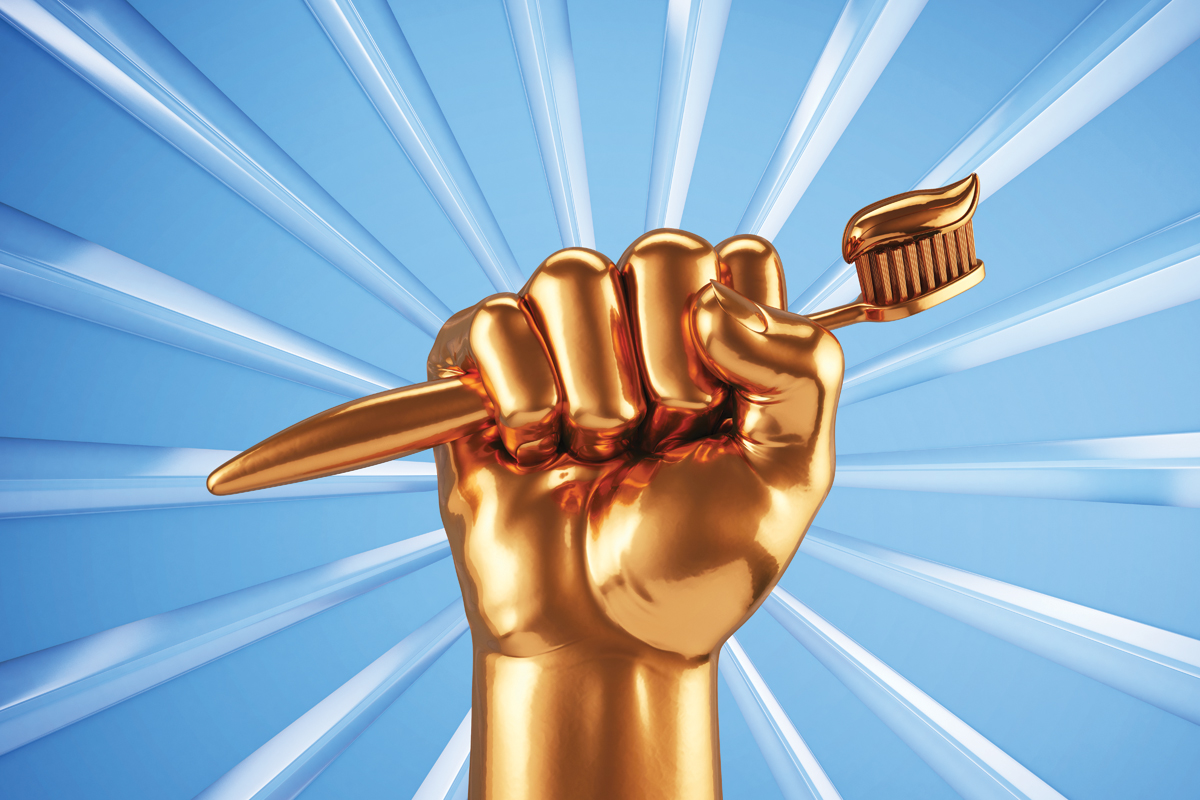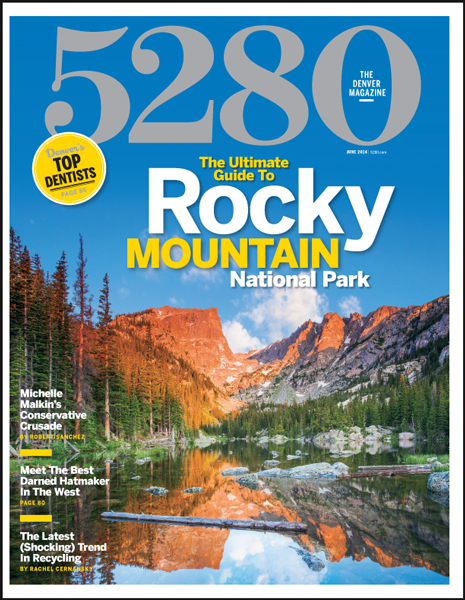The Local newsletter is your free, daily guide to life in Colorado. For locals, by locals.
5280.com Exclusive: To see our complete Top Dentists list, click here for a searchable directory.
Methodology
How the Top Dentists list is put together.
This list is excerpted from the 2014 topDentists database, which is created from peer evaluations and includes listings for more than 700 dentists and specialists in Colorado alone. To create this list, topDentists asked dentists and specialists a personal question: “If you had a patient in need of a dentist, which dentist would you refer him or her to?” The nomination pool consisted of all active dentists listed online with the American Dental Association, as well as with dental academies and societies. (Dentists could also nominate others who may not be on those lists.) Respondents considered experience, continuing education, manner with patients, use of new techniques and technologies, and physical results. Once responses were compiled, dentists were checked against state dental boards for disciplinary actions to make sure they have an active license and are in good standing. Of course, there are many fine dentists who are not included in this list, and a dentist’s inclusion is based on the subjective judgments of fellow dentists. For more information, visit usatopdentists.com.
Specialty Legend
Endodontist
Treats issues related to nerves and the inner portions of the tooth, such as root canal therapy.
General Dentist
Performs preventive dental care and basic upkeep, including cleanings and X-rays.
Oral and Maxillofacial Surgeon
Removes impacted teeth (such as wisdom teeth) and performs reconstructive surgeries, like rebuilding broken jaws.
Oral Pathologist
Studies, identifies, and treats oral disease ranging from potentially cancerous leukoplakia to canker sores.
Orthodontist
Modifies your bite or coaxes teeth into alignment using braces and other devices.
Pediatric Dentist
Provides therapeutic and preventive dental care for kids.
Periodontist
Specializes in the periodontium, or supporting tooth structure, to treat gum disease and receding gums.
Prosthodontist
Deals with dentures, implants, and bridges, as well as complex crown work.
Starting Line
What we eat impacts more than our waistline.
It’s a refrain we’re used to hearing: Colorado is healthy. Climbing fourteeners and eating organic are basic lifestyle traits of Coloradans—but when we think about our health, it’s often from the neck down. We base our performance-enhancing diets—including juicing and cleanses—on whether or not certain foods will make our machine more efficient, or slimmer, or more muscular. Yet we rarely stop to consider how these food choices affect the body’s port of entry: the mouth. Dr. Chad Braun, a family dentist at 4th Avenue Family Dentistry in Cherry Creek, says some of his fittest patients also have some of the most distressing oral issues. “There are endurance athletes who are in great shape, but because they are constantly sucking on sports drinks and eating energy gummies, they get cavities,” he says. “They can’t believe the things they put into their bodies to help them are causing problems.”
Truth is, your pre-race carb chow is full of starchy sugars, and your breakfast juice blend contains an overload of acid courtesy of the fresh produce. Don’t panic yet. Continue to fuel your body with wholesome ingredients. Just keep in mind two simple recommendations to keep your dentist happy: Limit your intake of acidic and sugary foods, and drink tap water (the fluoride helps neutralize your mouth) between servings. You’ll soon be on your way to a PB in that half-marathon—without the cavities.
Snack Attack
Three easy tweaks to your routine that will keep your mouth healthy.
Don’t: Take a couple of M&M’s…then a couple more…and then a couple more.
Do: Grab one handful.
Why: Either way, you’re coating your teeth in sugar, but it’s better to do it once than repeatedly for an extended period of time.
Don’t: Sip soda out of screw-top bottles.
Do: Pop open a can if you simply can’t resist drinking soda (which is a dentist no-no in any form).
Why: You can seal a screw-top container, which invites you to take all day savoring the sugar-filled beverage—meaning you’re rinsing your mouth with pop over and over again.
Don’t: Swish your juice in your mouth.
Do: Sip it through a straw.
Why: A straw provides a more direct route from your cup to your esophagus, saving your teeth from additional exposure to the acidic liquid.
Farmer’s Market
Even some of the healthiest choices can do harm when we snack all day long.
An apple more than once a day may not be the best thing for your (oral) health. Whether it’s a piece of fruit or a candy bar, everything you eat changes the pH level—how acidic or basic a substance is—in your mouth. “No matter what you’re throwing in your mouth, if it’s frequent throughout the day, it’s going to cause problems,” Dr. Chad Braun says. “A can of soda is the same thing as lemons.”
Typically, our mouths maintain a neutral pH level of about seven; the lower the number, the more acidic the landscape—which can eventually lead to cavities and loss of tooth enamel. Though we commonly think of sticky candy rotting our teeth, some of the best decisions for our bodies carry the highest amounts of acid. Here, the pH levels of 15 everyday foods and drinks:










